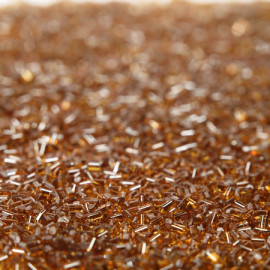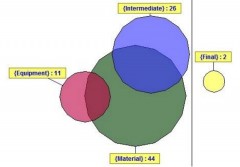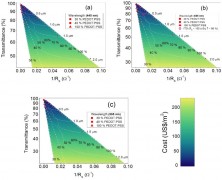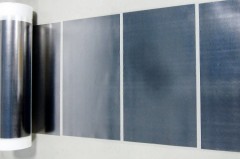Argonne National Laboratory has launched Nano Design Works to amplify the impact of its expertise in nanotechnology. Last year, Argonne interacted with more than 600 companies, and hubs such as the Center for Nanoscale Materials offer developers a wealth of scientific knowledge and instrumentation.
Open for business
Dubbed a ‘concierge’ service, Nano Design Works caters for businesses of all sizes to match-make clients with Argonne expertise. “We work with industry partners to solve their enduring R&D challenges, identify commercialization opportunities, license new technologies, and introduce transformational discoveries to the marketplace,” Andreas Roelofs, director of Nano Design Works, told TMR+. “Project scale and duration is flexible, ranging from single-day solutions to multi-year investigations.”
Financing
A variety of funding mechanisms are available for companies to work with Argonne, including securing investment from government agencies and venture capital firms through collaborative proposals. “We think that bringing together the world-class resources of Argonne with the ability of companies to commercialize breakthrough science will be appealing to potential funders,” said Roelofs.
Drugs that use nanotechnology to target only cancerous cells while leaving healthy cells untouched; magnetic nanofibers that could create new, more powerful antennas or be used for novel sensors and dectectors; and nanodiamonds that combine with graphene to create nearly frictionless surfaces, are just a few examples of projects that Nano Design Works is currently engaged in.
Related links –
Call for papers: Focus on 2D materials beyond graphene
Which applications are likely to benefit the most from emerging 2D materials and what distinguishing properties are required to enable novel functionalities or novel devices and products?
An interview with board member Peter Littlewood
National labs are well placed to work the middle ground between academia and industry to find solutions to big problems. Peter Littlewood, director of Argonne National Laboratory, talks about his approach to tackling major issues such as energy storage and sustainability.

![Smart materials from lab to market: classes, applications and development stages [image credit: Lux Research]](http://tmrplus.iop.org/files/2015/10/smart_materials_infographic_Lux1_1000-360x270.jpg)




